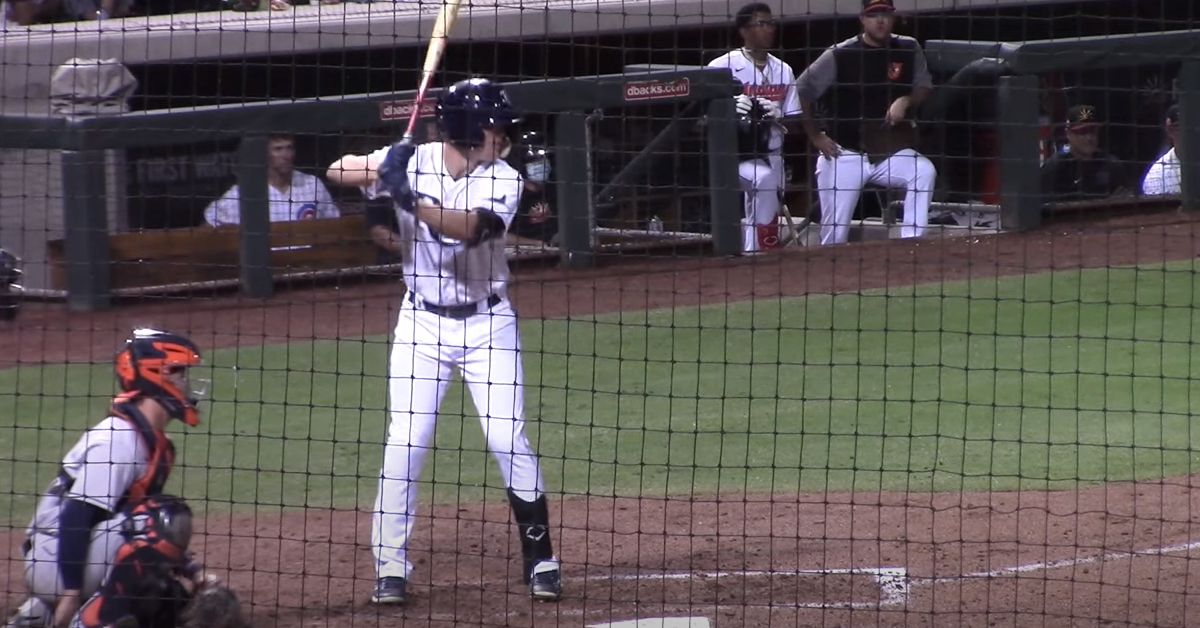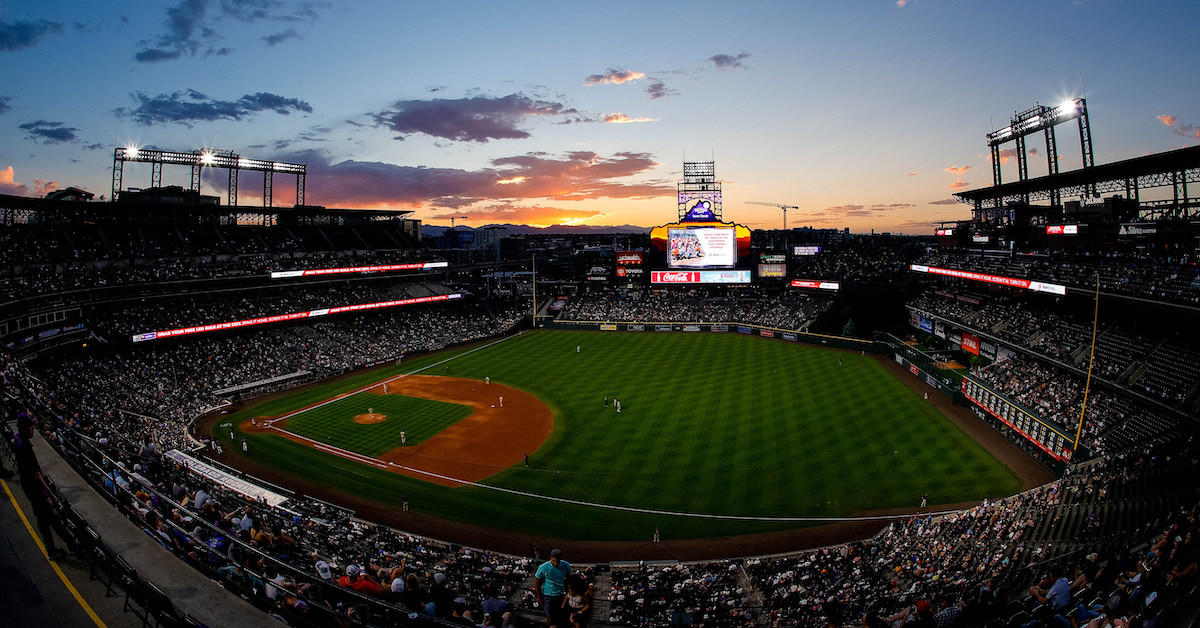A Bona Fide Pitching Nerd, Chris Murphy Is a Red Sox Prospect on the Rise

Chris Murphy is gaining helium. A sixth-round pick in the 2019 draft out of San Diego State University, the 24-year-old southpaw was No. 38 on our Red Sox Top Prospects list going into last season, with a modest 35+ FV. But on the heels of a 2022 campaign that saw him excel in 15 starts with Double-A Portland and then hold his own in 15 more with Triple-A Worcester, this year he will be moving up to the 14–16 range with a 40 FV, per our lead prospect analyst Eric Longenhagen. He also just participated in Boston’s Rookie Development Program, which focuses on easing the transition into MLB — an indication that Murphy could be in Boston as soon as this summer.
A self-proclaimed nerd who is well-versed in his vertical approach angle and pitch metrics, Murphy discussed his craft earlier this week at Fenway Park.
———
David Laurila: Let’s start with who are you as a pitcher. How do you get outs?
Chris Murphy: “That’s a good question. There have been times in my career where it’s very fastball heavy — come at you fastball/changeup primarily and then curveball/slider secondarily. I’ve generally been aggressive with the fastball up in the zone. I have good vertical break, good two-plane, and a pretty decent vertical approach angle. That’s why I get swings and misses up in the zone and why my changeup plays down in the zone. Using that to my advantage, being a shorter pitcher, is something that’s given me a career to this point. That and throwing from the left side.”
Laurila: How tall are you?
Murphy: “The book will say 6-[foot]-1, but I’m probably just under six feet. I weigh about 185, so I’m not the biggest guy.”
Laurila: You said that you get good vertical but also two-plane. Can you elaborate?
Murphy: “Yes, I get both ride and run. There are days where my fastball is more true and it’s just ride, but ride and run is ideally where I like it to be. And then with the changeup, it’s about killing the spin, killing the vert, and adding more horizontal. The goal this year is to be under six vertical and negative-18–19 horizontal.” Read the rest of this entry »









